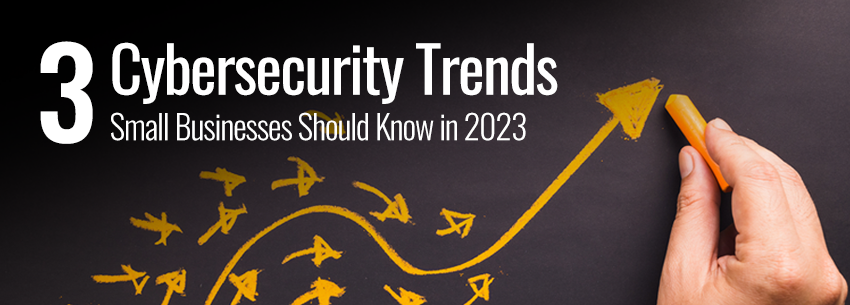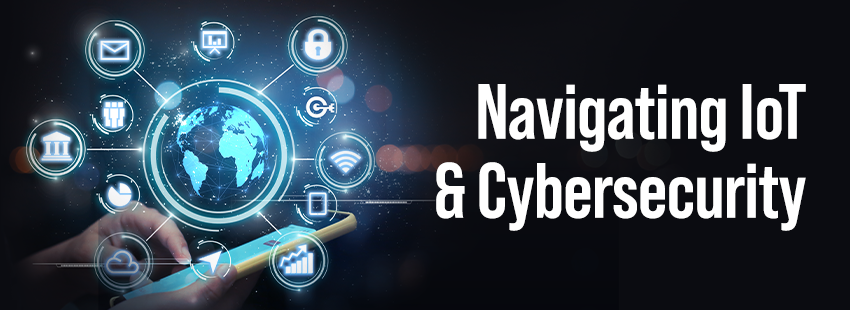As the Internet of Things expands and remote work becomes normalized, cybersecurity becomes a more mainstream topic across the business sphere. No longer is cybersecurity a topic for IT teams to discuss internally and for everyone else to brush off; it is an essential consideration to keep a business running smoothly.
There are countless trends worth talking about in cybersecurity, from the increasing role of machine learning in both hacking and security to the potential for quantum computing. For business owners, though, the most actionable cybersecurity trends are far more straightforward.
Normalized security practices
While multi-factor authentication may be inconvenient, it prevents a lot of security breaches. The same goes for strong password requirements and password expiration dates. These three practices are becoming more common, though only some businesses still require all three measures for their employees. As cybersecurity becomes a more well-known topic, more businesses are likely to require employees to use these cybersecurity tools. A business’s cybersecurity is only as strong as its weakest link.
The main takeaway from this trend is to get ahead of the curve and require all your employees to adopt these measures, which are slightly inconvenient but nowhere near as inconvenient as a security breach.
Zero Trust
While the name sounds like a good way to alienate employees, the Zero Trust Model is just a series of security precautions growing in popularity. As Microsoft defines it, the three main principles of the Zero Trust Model are authentication, least-privilege access, and minimizing breaches.
All three principles are somewhat self-explanatory. The authentication principle simply encourages multi-factor authentication whenever possible, the least-privilege access principle encourages you to keep everyone on a need-to-access basis, and the principle of minimizing breaches encourages minimized interconnectivity of information to prevent the spread of security breaches.
While these principles are not necessarily set in stone, they are worth considering to avoid unnecessary or severe security breaches.
Scaling down
In a recent interview with Dice, Keeper Security CEO Dan Guccione predicted that the cybersecurity sector would focus on solutions for small businesses next year by developing solutions that make sense on the SMB scale.
“The U.S. Small Business Administration reports small businesses make up 99.9 percent of all U.S. businesses. Yet, we’ve all seen the news headlines and read the stats—many SMBs are just one cyberattack away from being forced to shut their doors,” Guccione told Dice. “In 2023, cybersecurity vendors will focus more on the highly exploited SMB market, providing the cyber defense tools it needs. For both enterprises and SMBs, in 2023, we will see cybersecurity solutions that are simpler to provision by IT departments, easier for the employee to use, and more cost-effective.”
Based on that prediction, it may be prudent for small business owners to keep an eye out for improved cybersecurity packages for their scale and budget.
Cybersecurity does not have to be complicated. As long as you require good security practices throughout a business, minimize risk, and research your security options, you can make your chances of a security breach exponentially lower.





